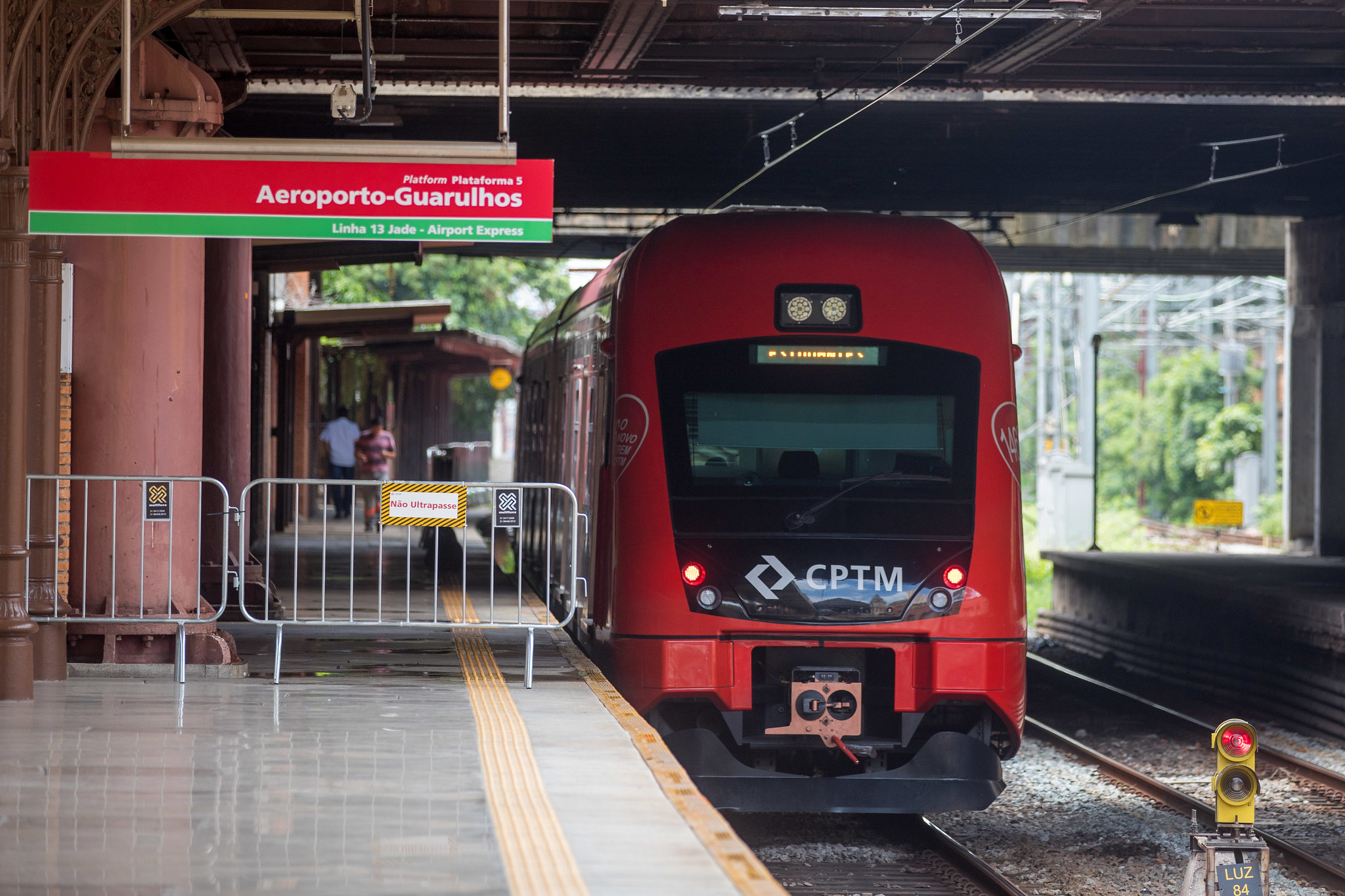325 results found
Featured results

More results
The Canadian Government established a national infrastructure bank to help attract private sector investors and institutional investmet in infrastructure projects in Canada that will generate revenue and are in the public interest.
The Pensions Infrastructure Platform was developed to facilitate long-term investment in UK infrastructure by pension schemes. It was established by UK pension schemes to operate and invest for pension schemes. It allows pension schemes of all sizes to invest in national infrastructure projects by pooling resources into a single investment fund.
Australia’s national government introduced policy to incentivise asset recycling / capital recycling by state-level governments, offering up to 15% of the sale or lease proceeds of asset privatisations for re-investment in infrastructure projects. Since 2014, the State of New South Wales has raised AUD32.7 billion through asset recycling.
European Bank for Reconstruction and Development (EBRD) launched the Green Economy Transition (GET) approach in 2015 to accelerate investments that drive environmental benefits. Following the severe impact of the COVID-19 health emergency, a new GET 2.0 was proposed to contribute to a green economic recovery post-COVID-19.
The ACGF is an innovative finance facility dedicated to accelerating green infrastructure investment in Southeast Asia with over USD1.4 billion in loans from co-financing partners, under the ASEAN Infrastructure Fund (AIF). The ACGF’s technical assistance supports governments to identify and prepare commercially viable green infrastructure projects while the ACGF loans are utilised to cover upfront capital investment costs. This two-pronged approach ‘de-risks’ green infrastructure projects, making them more attractive to private capital investors.
The NSW Government faced a shortage of skilled workers and an ongoing lack of workforce diversity in the infrastructure industry – particularly with respect to women, Aboriginal and Torres Strait Islander people, and apprentices. The government, in consultation with the construction industry, mandated skills, training, and employment targets for all major government infrastructure projects.
The New South Wales (NSW) Government sought to upgrade a 155 km section of the Pacific Highway between Woolgoolga and Ballina. It adopted a d elivery partner model that repackaged the works and tender packages on a trade or activity basis, for a logical sequencing of works across the entire project.
In Chicago, the local government received requests for more libraries and community spaces, however, there was little to no funding available for the projects. Combining a new public library with affordable senior housing improves the value proposition of both projects as construction costs can be shared between levels of government. The library could not have been built on its own.
The Queensland Government needed to deliver eight new primary schools and two new secondary schools across South East Queensland to cater for up to 10,000 additional students and 650 staff as part of the growing demand for education in the region. The Queensland Government adopted a bundling approach within a public-private partnership (PPP) contract to ‘bundle’ the 10 smaller school assets under a PPP.
Rocky Flats was a United States nuclear weapons plant in Colorado. After production was halted in 1989, government agencies did not have the capability or capacity to close the plant as quickly desired. To accelerate the program and minimise cost, performance incentives were provided to the joint venture responsible for delivering the works.
In response to a 2014 Productivity Commission Inquiry into Public Infrastructure, the Australian Government and state and territory governments carried out a pilot cost benchmarking for road projects through the Bureau for Infrastructure, Transport and Regional Economics (BITRE) in co-operation with state and territory road agencies.
Ferry services in Sydney, Australia provide a vital public transport service. The NSW Government franchised the operations of the Sydney ferry services under a seven-year franchising agreement.
Objective information on upcoming project and investment opportunities in the region has historically been disparate, with differing data standards and procurement models by the Australian Federal, State and Territory, and New Zealand Governments. The Australia and New Zealand Infrastructure Pipeline (ANZIP) was developed to provide a forward view of major infrastructure projects and contracts across the two countries.
On Sao Paulo metropolitan train lines 8 and 9, a concession contract was issued for operation, maintenance, and upgrade of services and stations, and the supply of rolling stocks and signalling systems. The project attracted significant private sector participation.
Sydney Water’s new collaborative framework called ‘Partnering for Success (P4S)’ covered the appointment of long-term integrated planning partners in 2019 and a 10-year partnership with three regional delivery consortia (RDC) from 2020.
The AUD11 billion (USD8.2 billion) Melbourne Metro Tunnel Project involves the construction of twin 9 km rail tunnels through Melbourne’s central business district, in addition to five new underground stations along this route. The scope of the early works package included utility and telecommunication service relocations, site preparation works, and construction of two access shafts to allow the construction of the underground stations.
Rail Projects Victoria, a Victorian Government delivery authority, established the Victorian Tunnelling Centre (VTC), based on the Crossrail Tunnelling and Underground Construction Academy, London, to offer specialist training in the construction and operation of a variety of types of tunnels, including rail, road, and utilities tunnels.
Coastline traffic in the State of São Paulo, Brazil, has overwhelmed road capacity. Three highway concession contracts were introduced, using a demand risk sharing mechanism and dynamic user fee model to attract private sector participation.
Pre-COVID-19, two Sao Paulo metro lines carried 1 million passengers daily. A demand sharing mechanism encouraged private sector investment in the concession contract.
























